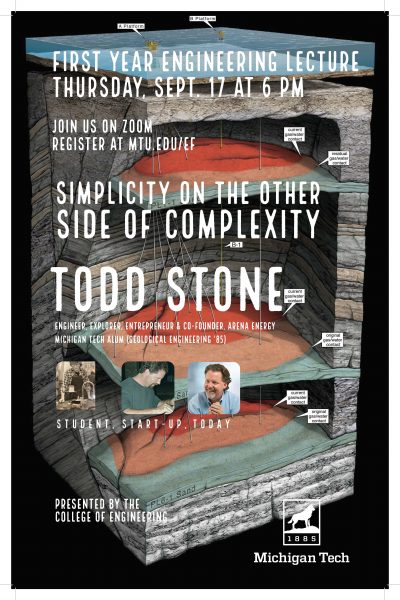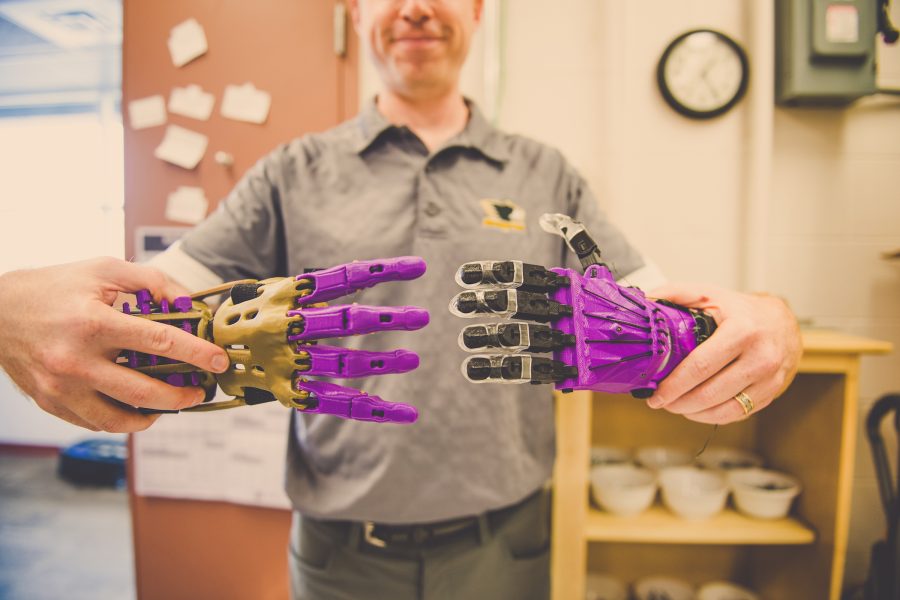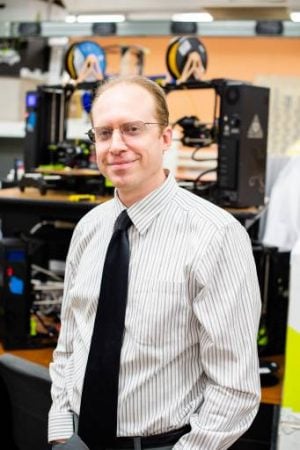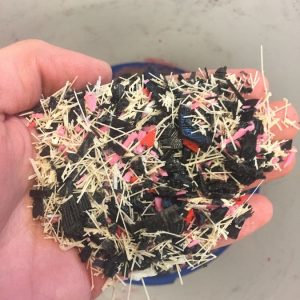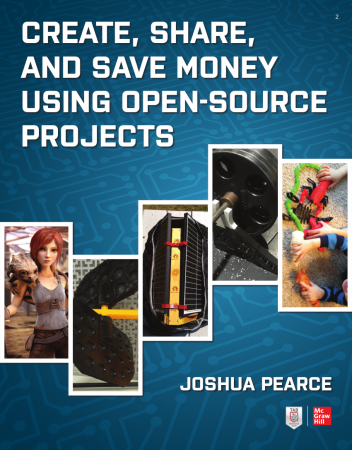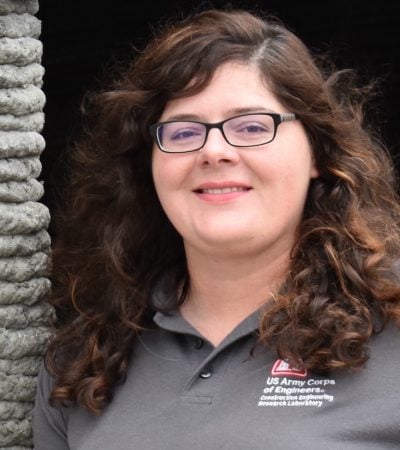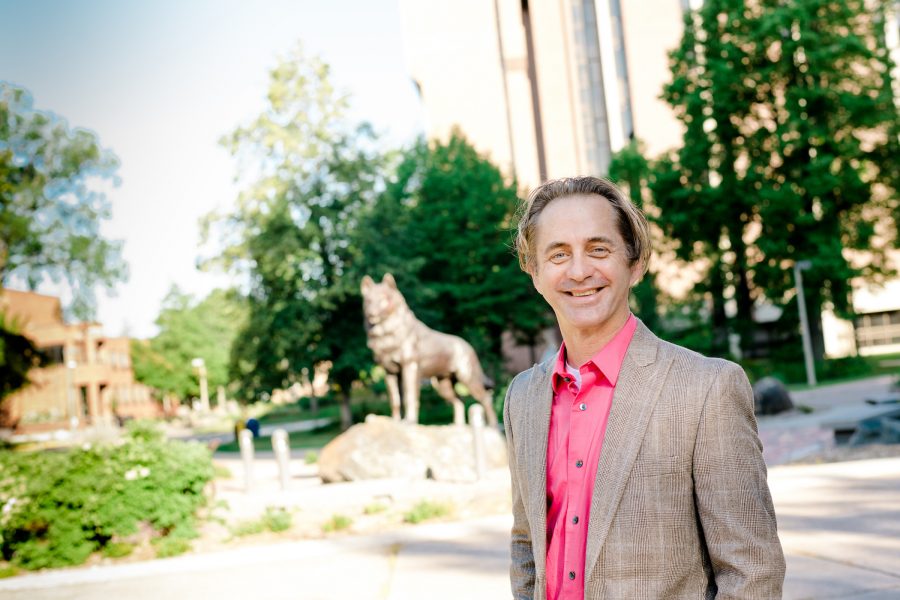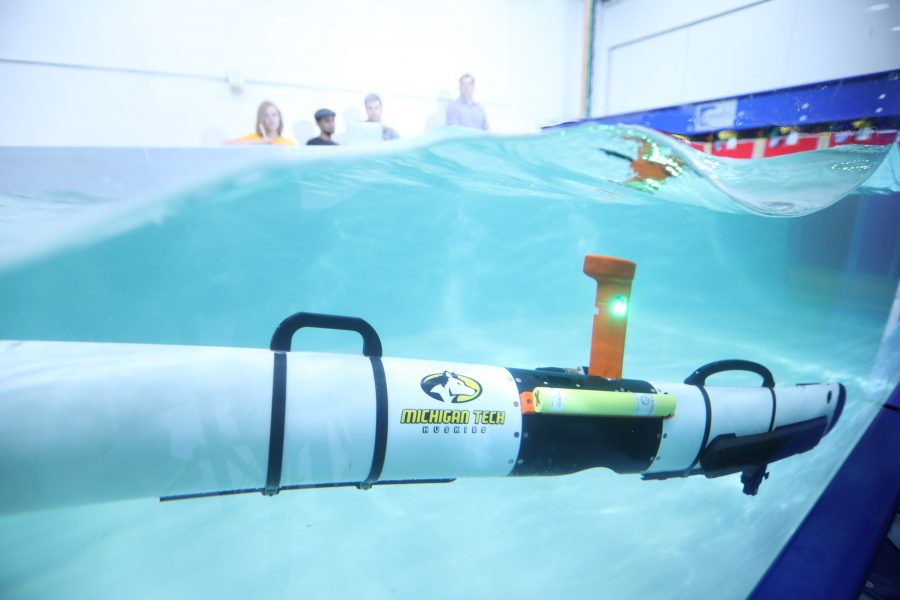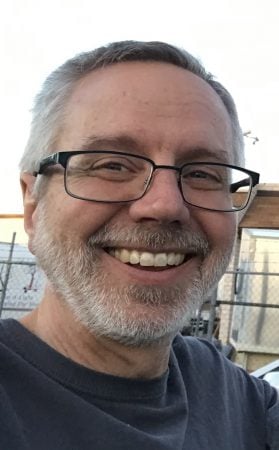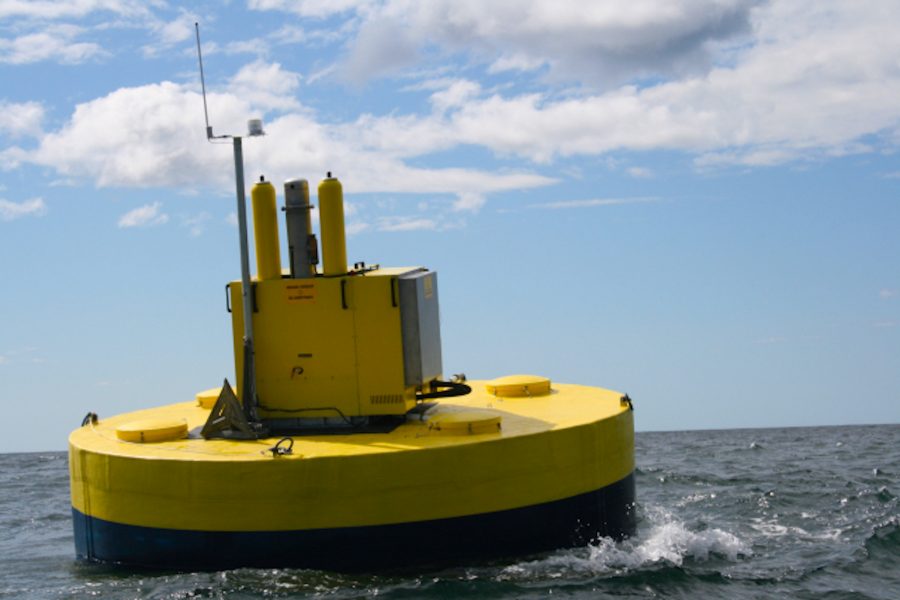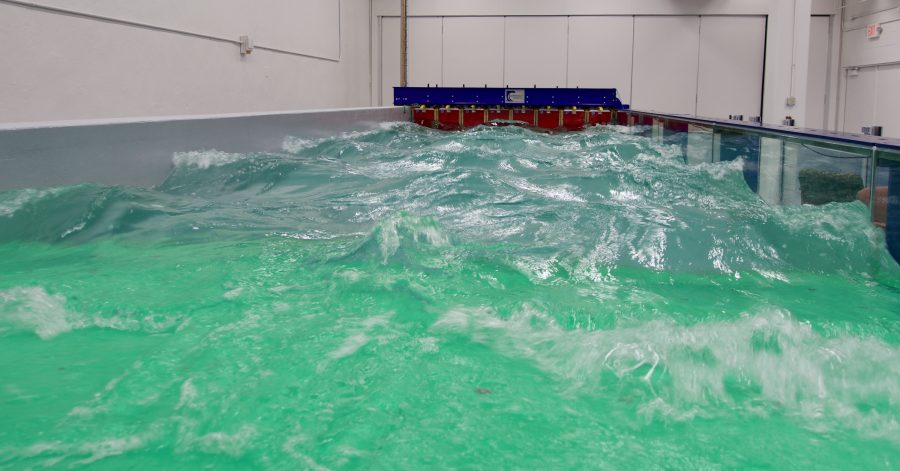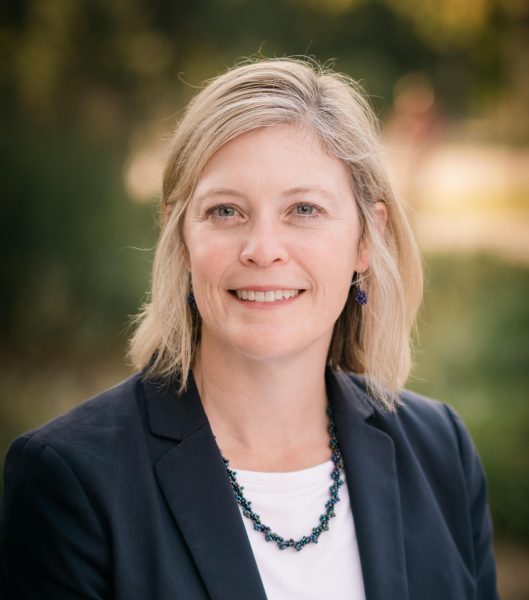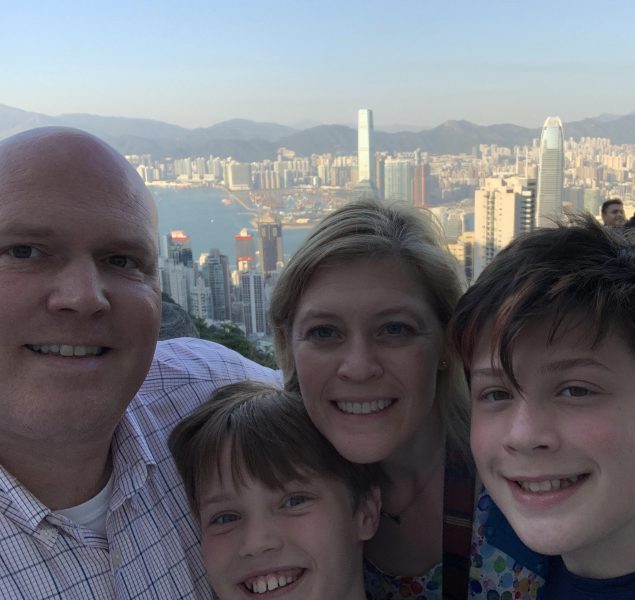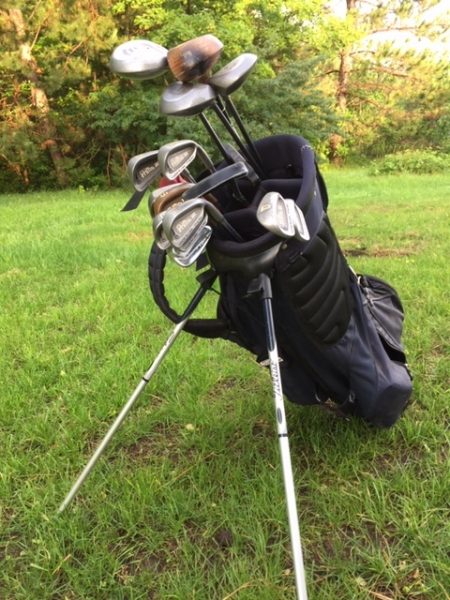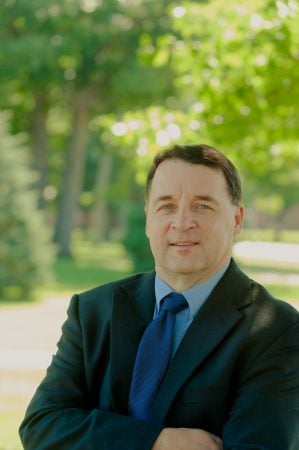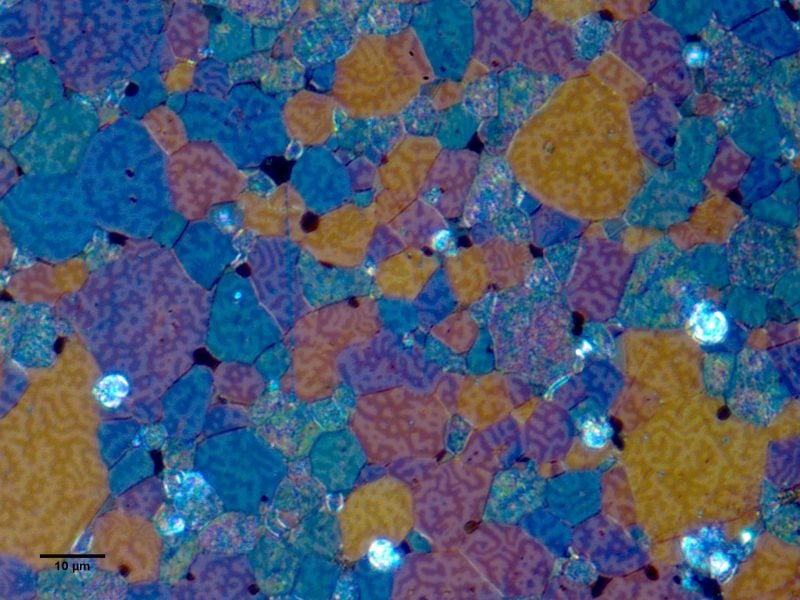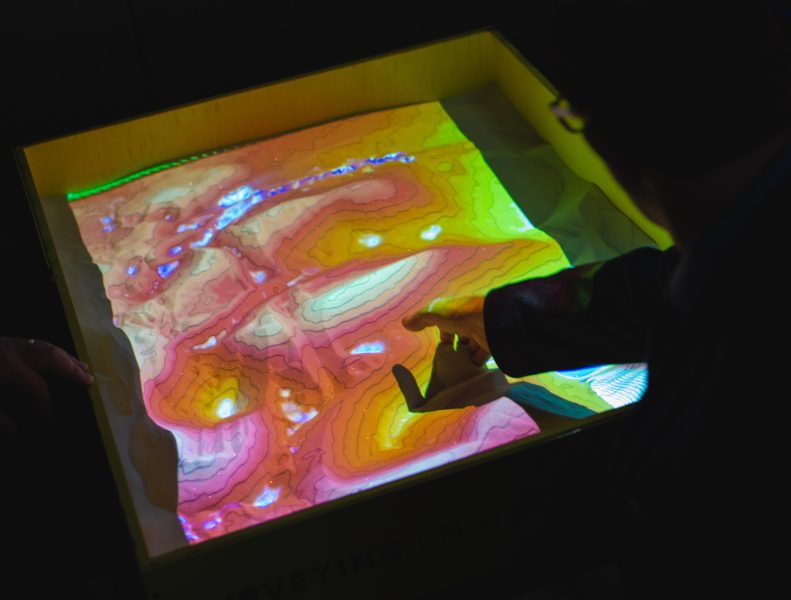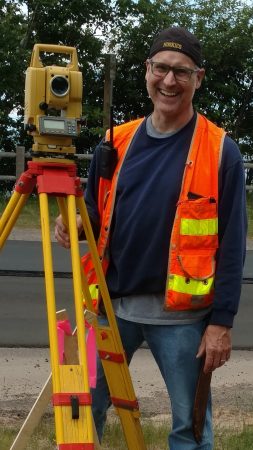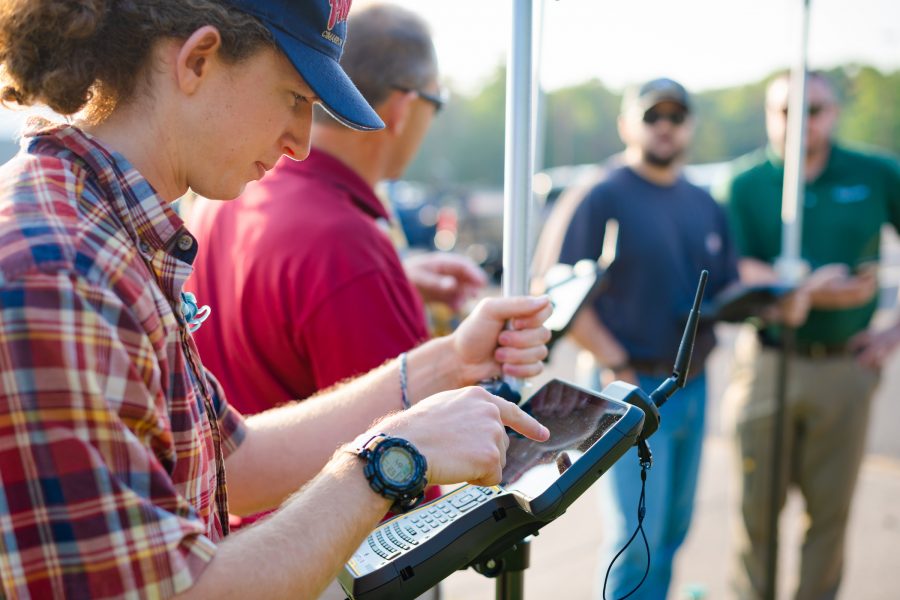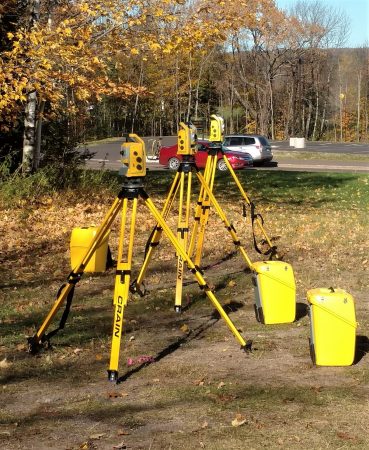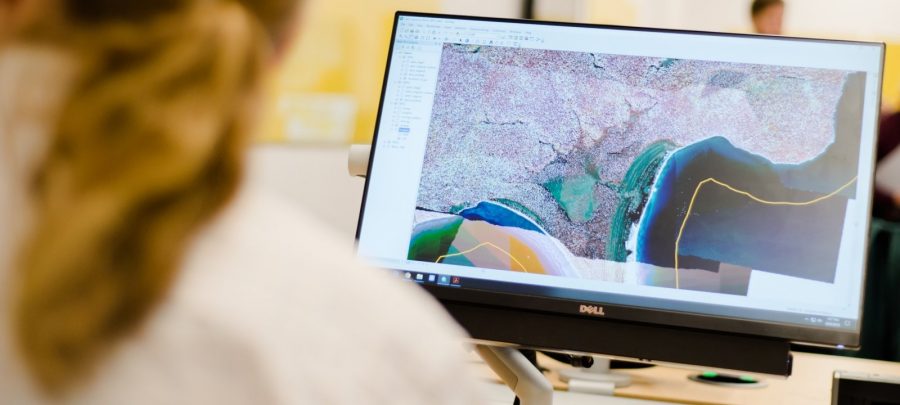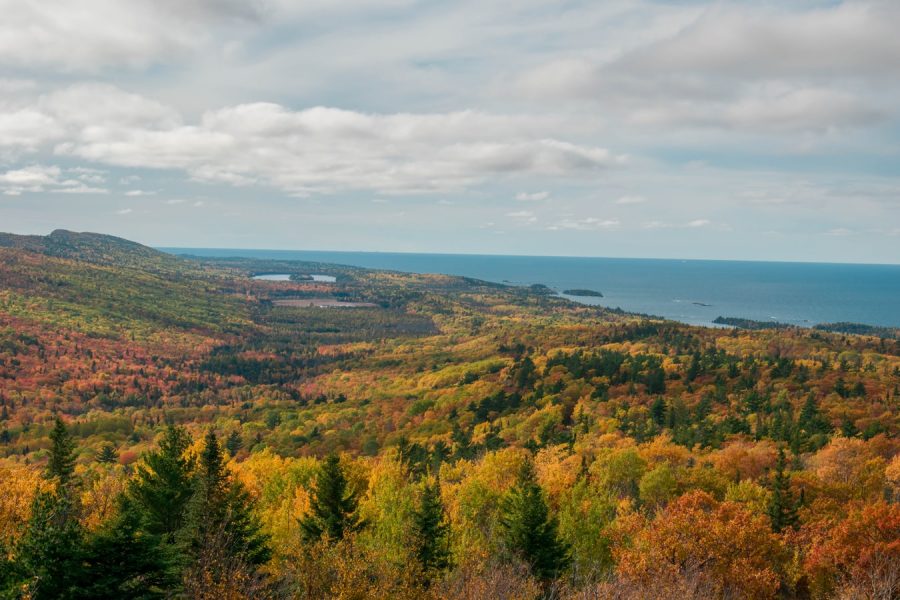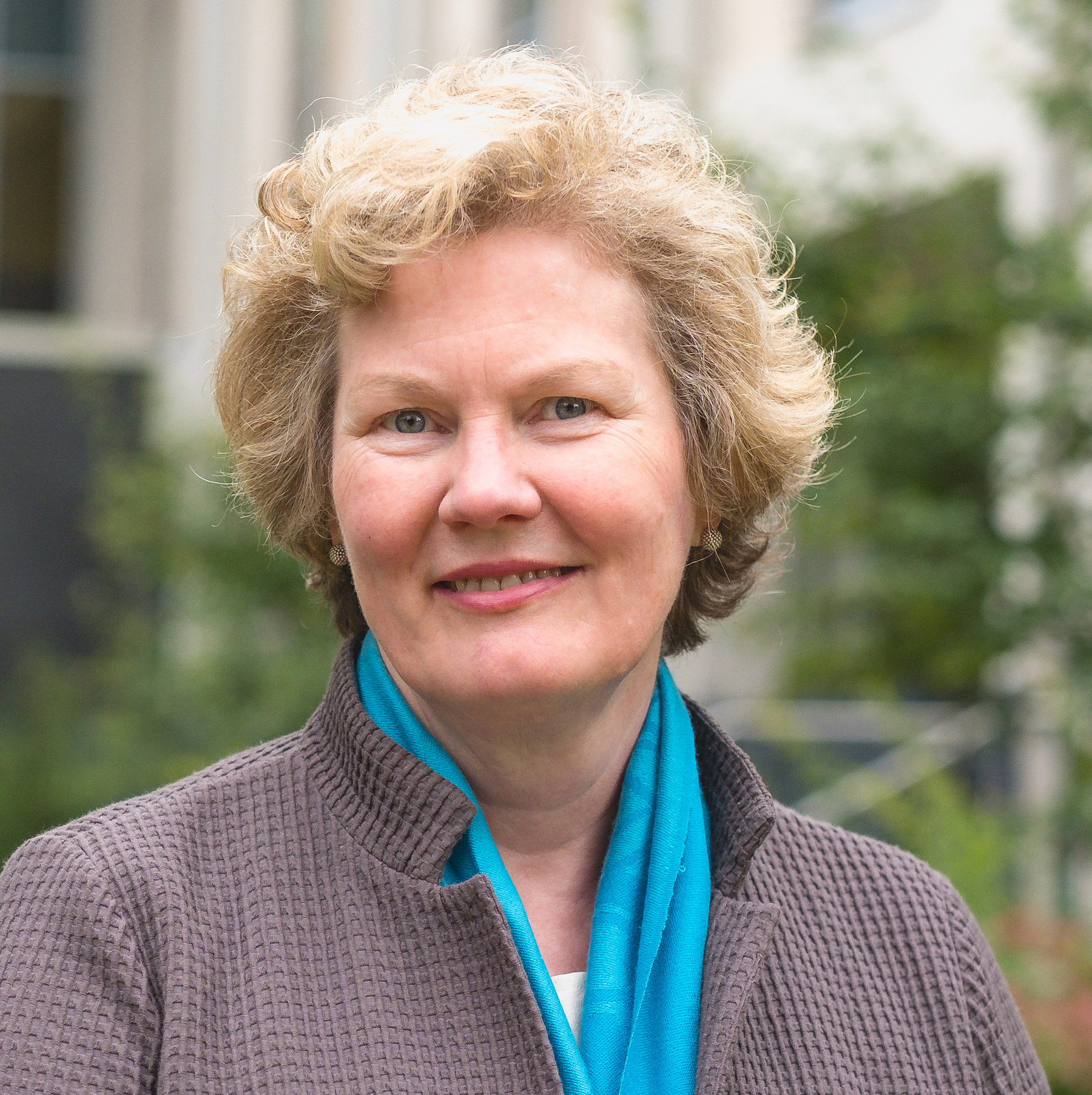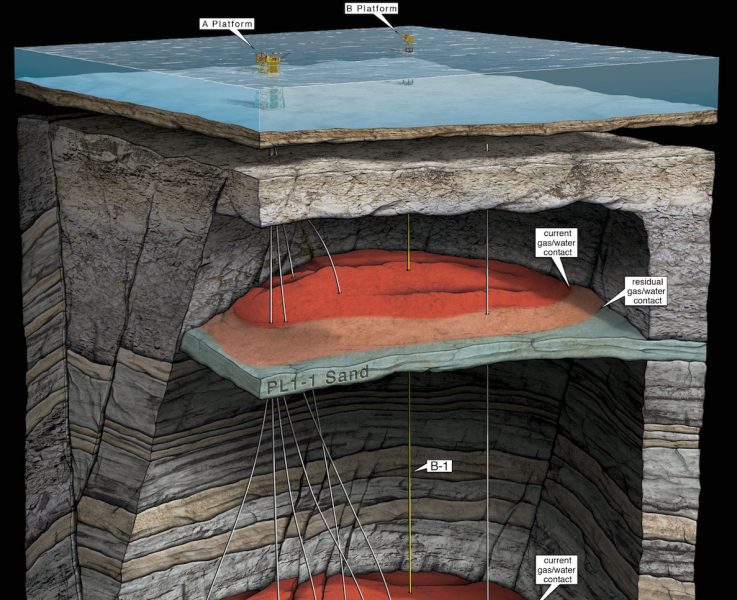
Todd Stone, co-founder and managing director of geology at Arena Energy, will visit Michigan Tech today, Thursday, Sept. 17, 2020 to deliver the First-Year Engineering Lecture to Michigan Tech’s incoming engineering majors.
Todd Stone is an engineer, explorer, conservationist, and entrepreneur. He is a Michigan Tech alumnus (Geological Engineering ’85), and a distinguished member of Michigan Tech’s College of Engineering Advisory Board.
Stone is on campus today to deliver the annual First-Year Engineering Lecture, “Simplicity On the Other Side of Complexity,” on Thursday, September 17 at 6 pm. Registered attendees will be provided a zoom link to attend the lecture remotely. Please register for the Zoom session at mtu.edu/ef.

“We have a tradition at Tech of having a first-year lecture that helps students see how their technological education can help make a difference in the world,” says Janet Callahan, Dean of the College of Engineering. “Usually the event is held at the Rozsa Center to a packed house, with every seat taken. We can’t do that this year, of course, due to the pandemic. Instead, Todd will present his lecture on Zoom, to an audience of 800-plus students. With Zoom, though, we have room for more, so please join us. Everyone is welcome.”
Stone’s lecture will outline how he learned to work smart in school and throughout his career. He plans to highlight something he feels is top priority: Learning how to learn.
When Stone arrived at Michigan Tech nearly 40 years ago, he says, “It was the best and most mature decision of my young life. At first it was not difficult for me to work hard. My folks raised me that way; it was difficult for me to work smart.”
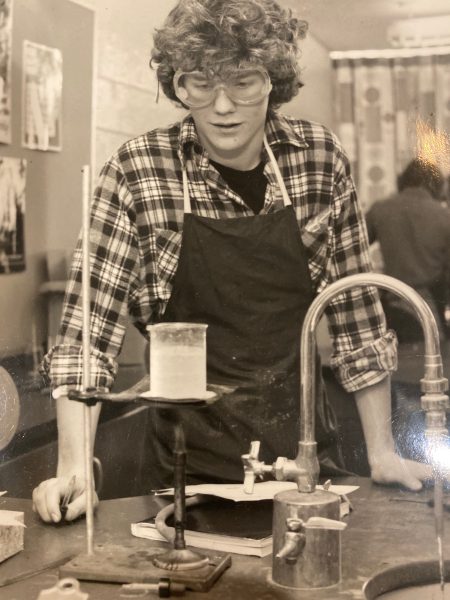
More About Todd Stone
Since co-founding Arena Energy in 1999, Todd Stone has focused on opportunity generation and management of the company’s opportunity-generating staff and systems. Stone is also responsible for maintaining, managing and high-grading the company’s robust prospect inventory, and is part of a eight-person geological group that has drilled over 300 wells. Before co-founding Arena, he was a key member of Newfield Exploration’s offshore acquisition and development team. Stone began his career with Tenneco Oil Company and later served as a geological engineer at Amerada Hess Corporation. He earned his B.S. in geological engineering from Michigan Technological University in 1985.
